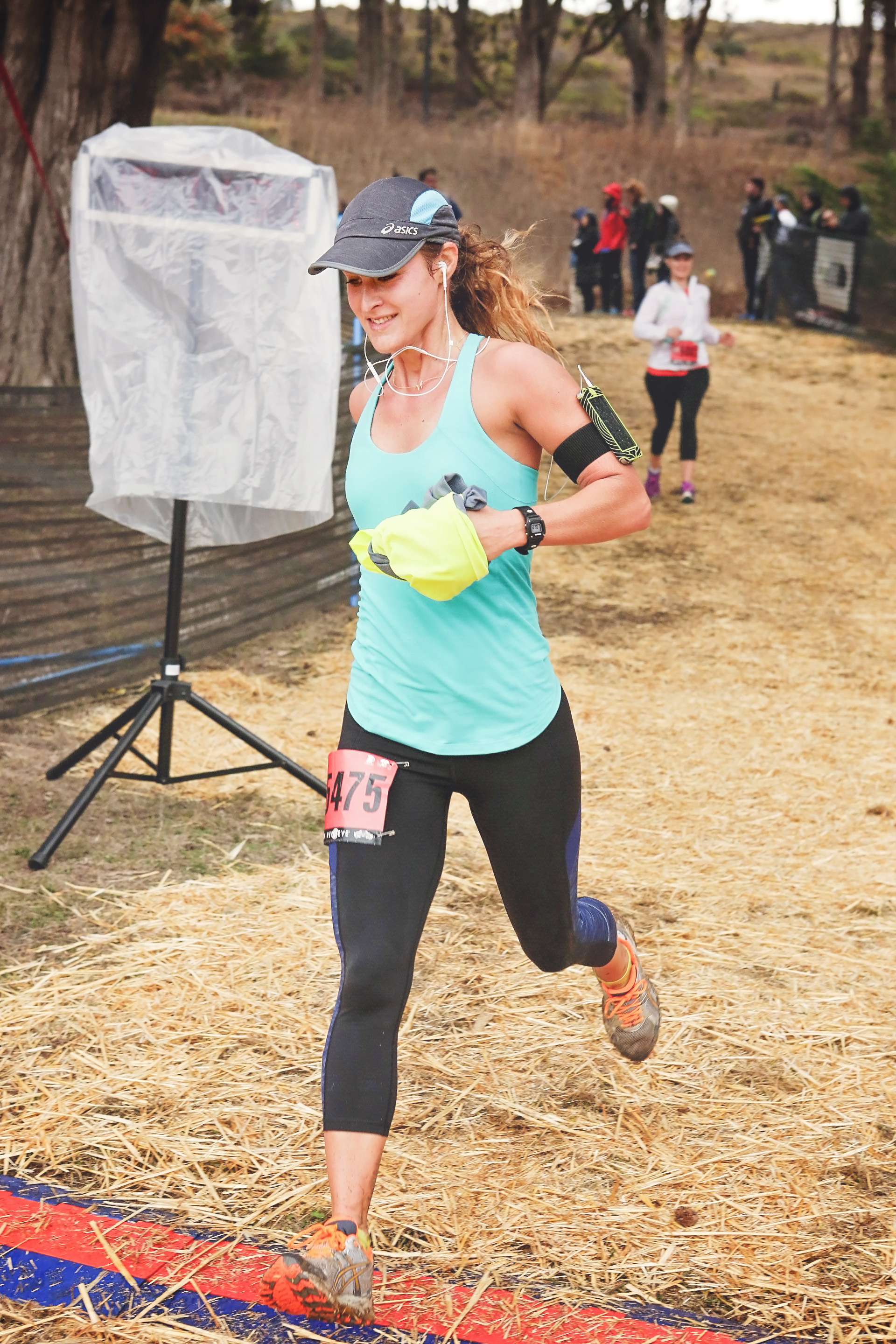Late last year, I accidentally signed up to run a marathon. How, you ask? Well, it was in a part of the country that I’ve always been drawn to (Big Sur, CA), and I’d be running to raise money for a charity that means a lot to me (Every Mother Counts). As I clicked around on the website one bored day, feeling inspired by the scenery and the cause, one thing led to another, and before I realized exactly what I had done, I was signed up to run 26.2 miles. Dreadfully underqualified to take on such a feat, I…

Late last year, I accidentally signed up to run a marathon. How, you ask? Well, it was in a part of the country that I’ve always been drawn to (Big Sur, CA), and I’d be running to raise money for a charity that means a lot to me (Every Mother Counts). As I clicked around on the website one bored day, feeling inspired by the scenery and the cause, one thing led to another, and before I realized exactly what I had done, I was signed up to run 26.2 miles. Dreadfully underqualified to take on such a feat, I was relieved to get to chat with the charity’s resident marathon coach, who passed along some hidden life lessons as he talked me through how to cross the finish line in one piece.
1. Play to your strengths.
A lot of marathon plans call for track workouts or treadmill sessions to work specifically on speed and pace. That’s all fine and good if speed and pace are priorities for you, or if you happen to enjoy running in place. Personally, I prefer trail running, and I feel strongest when I’m also including a couple days of circuit training into my routine. Determined to follow my initial marathon-training program to the letter, I cut out my typical circuit-training days to make room for more mileage, and I vowed to work on my pace with at least one treadmill workout per week. When I mentioned to my coach that I was actually getting slower and feeling increasingly fatigued on my long runs, he advised me to cut out one of the shorter weekly runs and add my circuit training back in instead. “It seems like that works for you and your body,” he said, “so you should play to those strengths.”
2. Don’t underestimate your own happiness.
Perhaps the most surprising thing my coach said to me about switching up my training strategy was, “I think you’ll be happier, and that counts for a lot.” Happier? It hadn’t really occurred to me that happiness was a metric that mattered in marathon training. But why wouldn’t it? Why shouldn’t it? I’ve always been a champion of choosing exercise programs that are actually enjoyable, but for some reason, I forgot to take my own advice when I embarked on my marathon plan. Making happiness a priority impacts the whole 18-week training plan, allowing me to find joy at every turn rather than just at the finish line. And really, how much sweeter will that finish line be when it marks the end of a journey in which I honored rather than ignored myself?
3. One size fits all usually doesn’t.
As I asked my veteran marathoner friends for advice when I embarked on my training plan, one phrase emerged over and over: trust the plan. I took this advice as literally as possible, printing out my training plan, taping it to the wall, and promising not to deviate from it. I was shocked when my coach advised me to switch it up based on what was working for me and what wasn’t. What about trusting the plan?! “We’ll make a new plan!” he said. Once I recovered from my shock, it made sense. How on earth would one singular training plan be the best fit for every person who’s ever set out to run 26.2 miles? Bodies are different. Schedules are different. Goals are different. People are different. So, sure, trust the plan, just make sure it’s a plan that works for you.
4. Rely on fuel that lasts instead of a quick fix.
As a working mom, many of my training runs are squeezed into early morning hours or awkward spaces between school drop-off and meetings. Unsurprisingly, without taking the time to plan ahead and make sure that I had a good meal beforehand, I was running out of steam on a lot of those runs. My coach recommended that I fuel up on a hearty bowl of oatmeal at least one full hour beforehand, stressing the importance of fueling up on “something that will sustain you.” You mean my kids’ half-eaten toaster waffles and a hurried gulp of coffee won’t cut it? The unplanned, quick-grab option is usually easy-come-easy-go fuel. If you want to sustain yourself for the long haul, you have to fill yourself with something substantial, even if it takes a little more work.
5. Foundation can make or break you.
“What shoes are you wearing?” This question caught me a little off guard coming from my world-class marathon coach. If I’m able to log the miles, does it really matter? He went on to stress the importance of shoes as the foundation for my whole body — every joint, every muscle, every potential source of injury. He advised me to get fitted for running shoes at a specialty store where my foot shape, running form, and body type could all be taken into consideration. Running in the wrong shoes — the wrong foundation, if you will — puts your entire body at greater risk of injury, even if everything else about your form and training is perfect. Don’t underestimate the value of the right foundation.
To date, I am about halfway through my training plan. I’m learning as I go, both about running a marathon and, more importantly, about the rest of my life as well.
Image Source: Courtesy of Anna Quinlan
Source: 5 Life Lessons I Learned From My Marathon Coach : PopSugar






